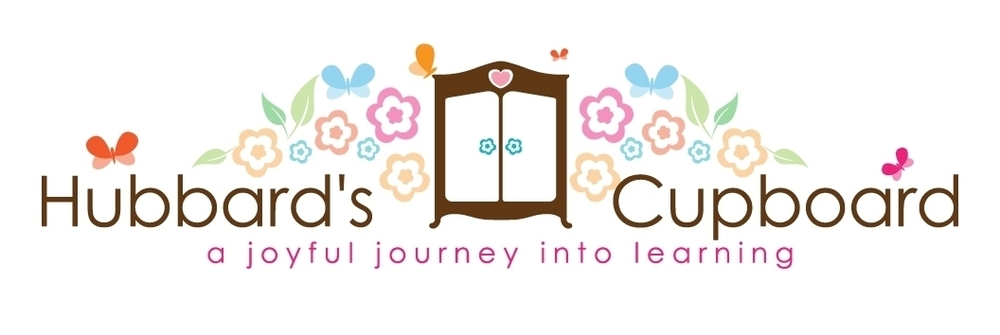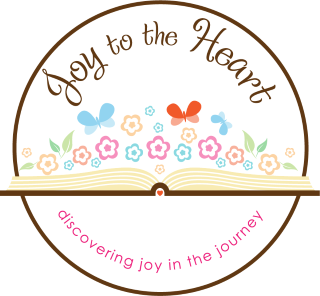Collaborative Class Made Books
Where Do Monsters Live?
Something Has Been Here!
Ten Black Dots
Who Do You See?
A collaborative class book means that each student makes only ONE page of this book.
These books were all ideas shared by Kim Lenging. If you have any questions regarding the booklets, please contact her at lengning@adelphia.net .
Where Do Monsters Live?
This collaborative class book is a multi-level activity. The directions below will clarify the various levels. 'Where Do Monsters Live?' is modeled after the Creative Teaching Press book of the same name.
Level One is made with pre-made sentence strips with coding the color word and the descriptive word. The students choose the one they want to use. There are 20 pages, one for each student to complete. Examples include but are not limited to the following:
- A green dog lives in a green house.
- A red dog lives in a red house.
- A spotted dog lives in a spotted house.
(Continue with descriptive words as striped, fat, skinny, tall, short, etc.) Working with each student individually, cut the pre-made sentence apart and glue it under their illustration. Before they leave, have them touch and read the sentence.
Level Two is made with the sentence printed directly on the paper in a cloze format. The student will (copy) and write the appropriate words that will complete the sentence. For example: A _______ cat lives in a ________ house. Make 20 copies of this page, one for each student to complete.
Level Three is a little more difficult as the students will write their own sentence following the frame format laid out in the earlier versions. On a pre-drawn line (or railroad picture paper if you like), the students write A _______ monster lives in a _______ house. The adjectives are selected by the student.
The Cover:
Students who finish their page early may write the title and design the cover illustration. Reinforce the binding edge of the pages with tape and bind with a book binding machine or punch holes and use notebook rings.
Something Has Been Here!
A package of animal footprint stamps found at a teacher store make this book a huge success! Cut 12x18 white construction paper in half so that each student gets a 6x18 strip. The student chooses an animal footprint he likes and stamps a trail on his strip. A sentence frame is cut apart and glued under the trail. The sentence says, "A _________ has been here." Some of the students might want to use the human footprint stamp AND an animal stamp, so the sentence frame has to be altered to read, "____ and a ___________ have been here." (Kathy and a skunk have been here, or A skunk and a gorilla have been here.)
The Cover:
Students who finish their page early may write the title and design the cover illustration. They use the footprint stamps, of course!! Reinforce the binding edge of the pages with tape and bind with a book binding machine or punch holes and use notebook rings.
Ten Black Dots
This book is a spin off of Donald Crews book, Ten Black Dots. The students enjoy Mr. Crews' book as well as making their own page for a class book. Enjoy the story a few times before asking the students, "What would you make with ten black dots?" List their ideas on the chalkboard or fill in pre-made sentence strips that say "_______ would make __________ with ten black dots." Sticky black dots can be found at an office supply store. Give each student ten black dots and allow him to create a picture with them. Model for the students how you PLAN AHEAD to use your dots in your picture. Creative pictures as balloons, donuts, cookies, cat eyeballs, black apples on a tree, and wheels for vehicles will fill your classbook!
Who Do You See?
This book will be the biggest hit of the classroom! The students literally love this book to death! The idea for this book was sparked by Bill Martin's book, Brown Bear, Brown Bear, What Do You See? and by teachers from the Teachers.net chatboard. You will need a picture of each child. Make a black and white photocopy of each picture. (Kim copies the 5x7 school picture, but any picture will do if the child's face can be seen clearly.) The photocopy is glued onto a 9x12 sheet of construction paper. Since this book is made very early in the school year, the teacher may write the sentence, "(Jason, Jason,) who do you see?" across the top of the page with marker, and write, "I see (Camille) looking at me" across the bottom of the page. Another method would be to have pre-made sentence strips ready, and allow each student to write his name in the one blank on the page previous his, and on the two blanks on his page. The teacher may choose to include her picture on the last page or not. If the teacher's picture is not included, the last sentence could say, "I see THE END looking at me".








